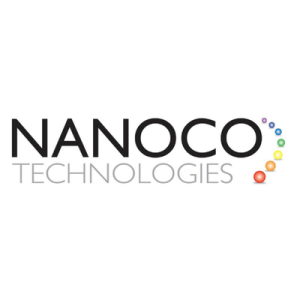Definition of QLED TV
QLED stands for “Quantum Dot Light Emitting Diode,” and refers to a type of display technology used in modern TVs. QLED TVs use quantum dots, which are tiny semiconductor particles, to produce vibrant and accurate colors on the screen.
Overview/Meaning of QLED Technology
QLED technology was first launched by Samsung in 2017. Samsung developed it as an improvement over traditional LED TVs.
QLED is a display technology that uses a layer of quantum dots (red and green crystals) between the backlight and the LCD panel. This layer of quantum dots allows for a wider color gamut and higher brightness levels. QLED TVs also have improved energy efficiency compared to traditional LED TVs.
Nanoco Group PLC (LON:NANO) leads the world in the research, development and large-scale manufacture of heavy metal-free nanomaterials for use in displays, lighting, vertical farming, solar energy and bio-imaging.


